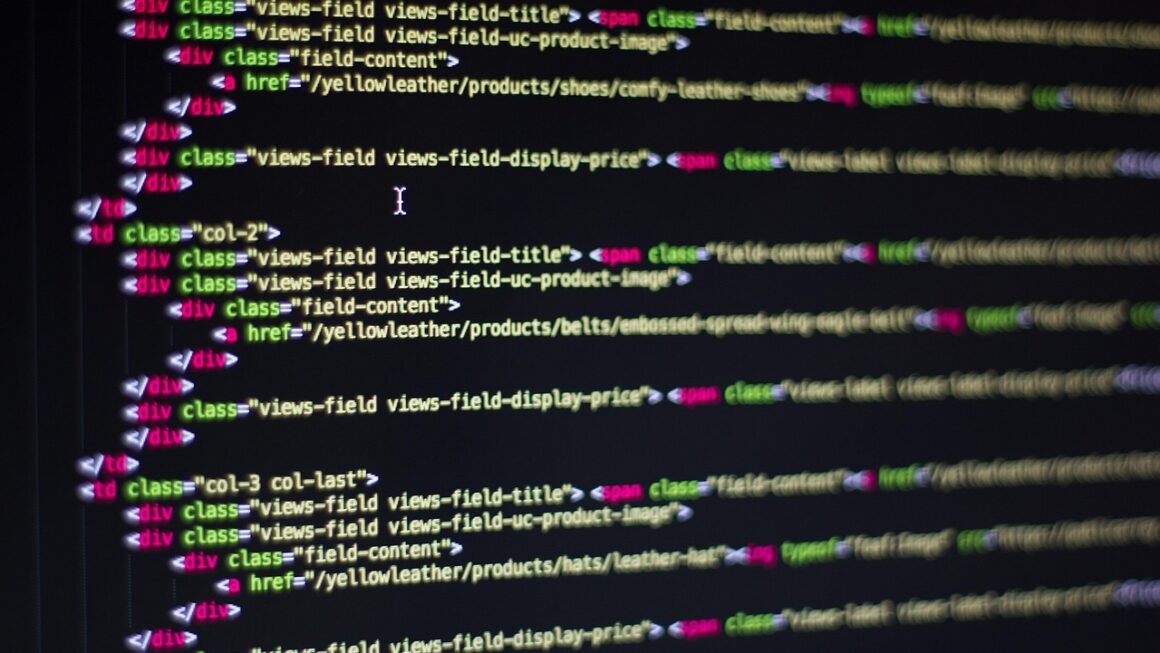Imagine a world where code reviews are faster, more thorough, and less prone to human error. That world is now within reach, thanks to the rise of AI code review tools. These sophisticated systems are transforming software development by automating and enhancing the traditional code review process, leading to higher-quality code, faster release cycles, and more efficient development teams.
The Rise of AI in Code Review
Understanding Traditional Code Review
Traditional code review involves developers manually inspecting each other’s code for errors, bugs, security vulnerabilities, and adherence to coding standards. While crucial, it can be time-consuming, subjective, and prone to oversight. The process often relies on the reviewers’ individual expertise and experience, leading to inconsistencies.
- Challenges of Traditional Code Review:
Time-consuming and resource-intensive
Subjective and inconsistent
Prone to human error and bias
Can be a bottleneck in the development process
How AI is Changing the Game
AI-powered code review tools leverage machine learning algorithms to analyze code automatically. These tools can detect a wide range of issues, from simple syntax errors to complex security vulnerabilities, faster and more accurately than human reviewers. By automating repetitive tasks, AI frees up developers to focus on more strategic and creative aspects of their work.
- Benefits of AI Code Review:
Increased Speed: AI can analyze code much faster than humans, accelerating the review process.
Improved Accuracy: AI algorithms can detect subtle errors and vulnerabilities that might be missed by human reviewers.
Enhanced Consistency: AI applies coding standards and best practices consistently across the entire codebase.
Reduced Costs: By automating code review, organizations can save time and resources.
Faster Release Cycles: Accelerated review processes contribute to quicker software releases.
Key Features of AI Code Review Tools
Automated Bug Detection
AI code review tools excel at identifying potential bugs and errors automatically. They can analyze code for common programming mistakes, logic flaws, and performance bottlenecks. For example, AI can detect null pointer exceptions, memory leaks, and race conditions.
- Example: An AI tool might flag a section of code where a variable is used without being initialized, preventing a potential runtime error.
Security Vulnerability Scanning
Security is paramount in modern software development. AI-powered tools can scan code for known security vulnerabilities, such as SQL injection, cross-site scripting (XSS), and buffer overflows. They can also identify potential security risks based on coding patterns and data flow analysis.
- Example: An AI tool could flag a section of code that uses user input directly in a database query, highlighting a potential SQL injection vulnerability.
Style and Formatting Enforcement
Maintaining a consistent coding style is essential for code readability and maintainability. AI code review tools can enforce coding style guides automatically, ensuring that all code adheres to the same formatting conventions. This reduces the time spent on manual style checks and improves code consistency across the project.
- Example: An AI tool can automatically reformat code to comply with a specific style guide, such as PEP 8 for Python or Google Java Style.
Code Complexity Analysis
High code complexity can make code harder to understand, maintain, and debug. AI code review tools can measure code complexity using metrics such as cyclomatic complexity and lines of code. They can then flag overly complex code sections, encouraging developers to refactor them for improved readability and maintainability.
- Example: An AI tool might highlight a function with a high cyclomatic complexity score, suggesting that it should be broken down into smaller, more manageable functions.
Implementing AI Code Review
Choosing the Right Tool
Selecting the right AI code review tool is crucial for successful implementation. Consider factors such as the programming languages supported, the types of issues detected, the integration with existing development workflows, and the cost of the tool.
- Factors to Consider:
Language Support: Does the tool support the languages used in your projects?
Integration: Does it integrate seamlessly with your IDE, CI/CD pipeline, and version control system?
Reporting: Does it provide clear and actionable reports on code quality issues?
Customization: Can you customize the tool to enforce your organization’s specific coding standards?
Pricing: Does the pricing model align with your budget and usage requirements?
Integrating into Your Workflow
To maximize the benefits of AI code review, integrate it seamlessly into your development workflow. This can involve automating code analysis as part of the CI/CD pipeline, providing real-time feedback in the IDE, and integrating with code review platforms.
- Steps for Integration:
1. Start small: Begin with a pilot project to test the tool and fine-tune its configuration.
2. Automate: Integrate the tool into your CI/CD pipeline to automatically analyze code on every commit.
3. Provide feedback: Provide developers with timely feedback on code quality issues, either in the IDE or through code review platforms.
4. Monitor and optimize: Track the tool’s performance and make adjustments as needed to improve its effectiveness.
Training and Education
While AI code review tools can automate many aspects of the code review process, human reviewers still play a vital role. Ensure that your development team is trained on how to use the tools effectively and how to interpret the results.
- Tips for Training:
Provide training on the tool’s features and capabilities.
Explain how to interpret the tool’s reports and recommendations.
Encourage developers to use the tool as a learning resource to improve their coding skills.
Foster a culture of collaboration between AI and human reviewers.
Real-World Examples and Case Studies
Example 1: Improving Code Quality at Scale
A large e-commerce company implemented an AI code review tool to improve the quality of its codebase. The tool automatically detected a wide range of issues, including security vulnerabilities, performance bottlenecks, and coding style violations. As a result, the company reduced the number of bugs in production by 30% and accelerated its release cycles by 20%.
Example 2: Enhancing Security Posture
A financial services company used an AI code review tool to scan its code for security vulnerabilities. The tool identified several critical vulnerabilities that had been missed by manual code reviews. By fixing these vulnerabilities, the company significantly improved its security posture and reduced the risk of cyberattacks.
Example 3: Streamlining Code Reviews for a Startup
A fast-growing startup implemented an AI code review tool to streamline its code review process. The tool automated many of the repetitive tasks involved in code review, freeing up developers to focus on more strategic and creative aspects of their work. As a result, the startup was able to release new features faster and maintain a high level of code quality.
Addressing Common Concerns
Will AI Replace Human Reviewers?
While AI can automate many aspects of code review, it is unlikely to replace human reviewers entirely. Human reviewers bring critical thinking, domain expertise, and contextual understanding to the process. AI and human reviewers can work together to create a more effective and efficient code review process. AI tools can flag potential issues, while human reviewers can validate the findings, provide context, and suggest solutions.
Ensuring Accuracy and Reliability
It’s essential to monitor the accuracy and reliability of AI code review tools. AI algorithms can sometimes produce false positives or miss real issues. Regularly review the tool’s reports and recommendations to ensure that it is providing accurate and reliable feedback. Continuously train the AI models with new data to improve their accuracy and effectiveness.
Data Privacy and Security
When using AI code review tools, it’s crucial to consider data privacy and security. Ensure that the tool complies with relevant data privacy regulations and that your code is protected from unauthorized access. Choose tools that offer secure data storage and encryption capabilities.
Conclusion
AI code review is revolutionizing software development by automating and enhancing the traditional code review process. By leveraging machine learning algorithms, AI-powered tools can detect a wide range of issues, from simple syntax errors to complex security vulnerabilities, faster and more accurately than human reviewers. Implementing AI code review can lead to higher-quality code, faster release cycles, reduced costs, and improved developer productivity. While AI is unlikely to replace human reviewers entirely, it can significantly enhance their capabilities and create a more efficient and effective code review process. By carefully selecting the right tools, integrating them into your workflow, and providing adequate training, you can unlock the full potential of AI code review and transform your software development practices.




